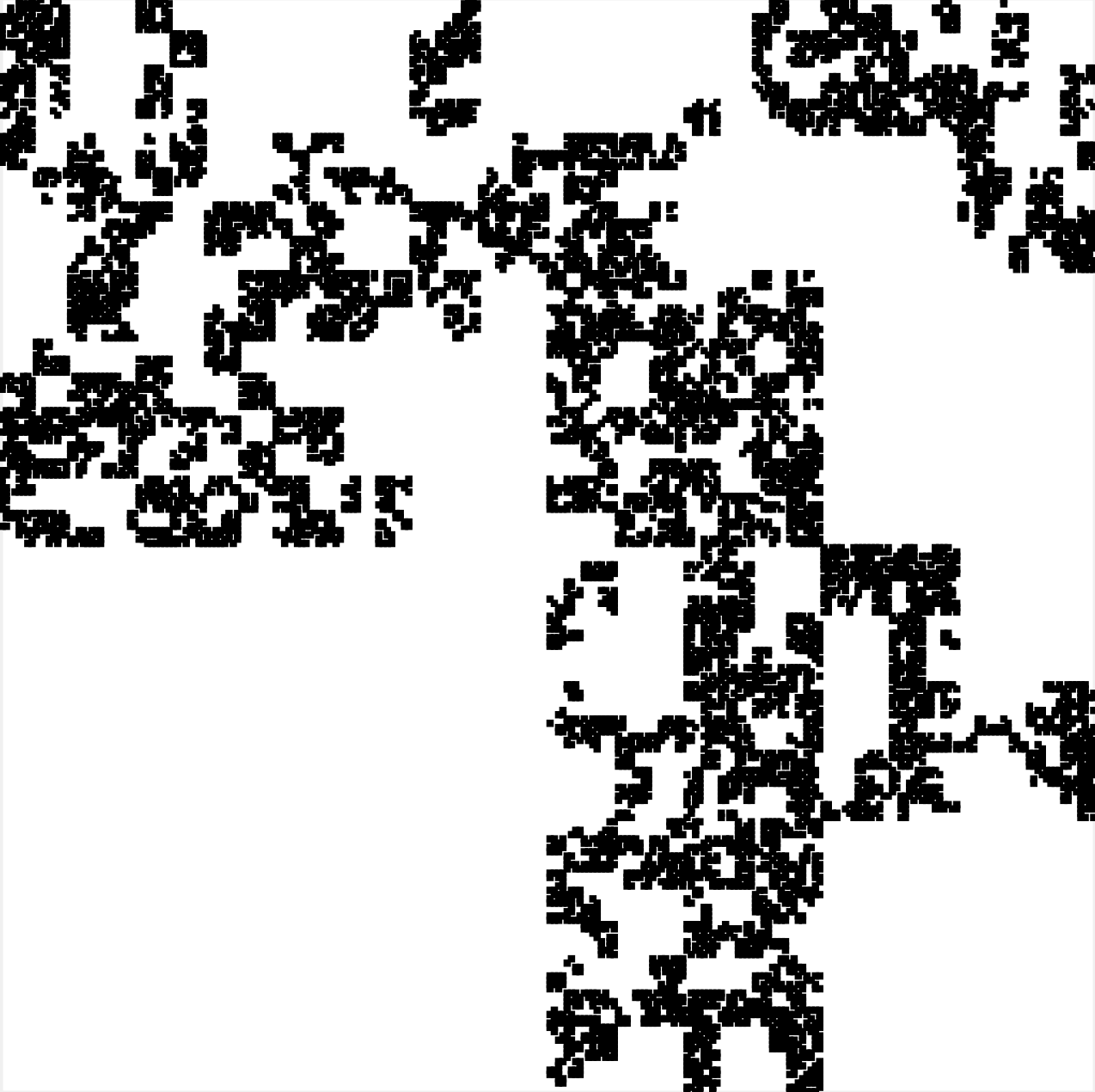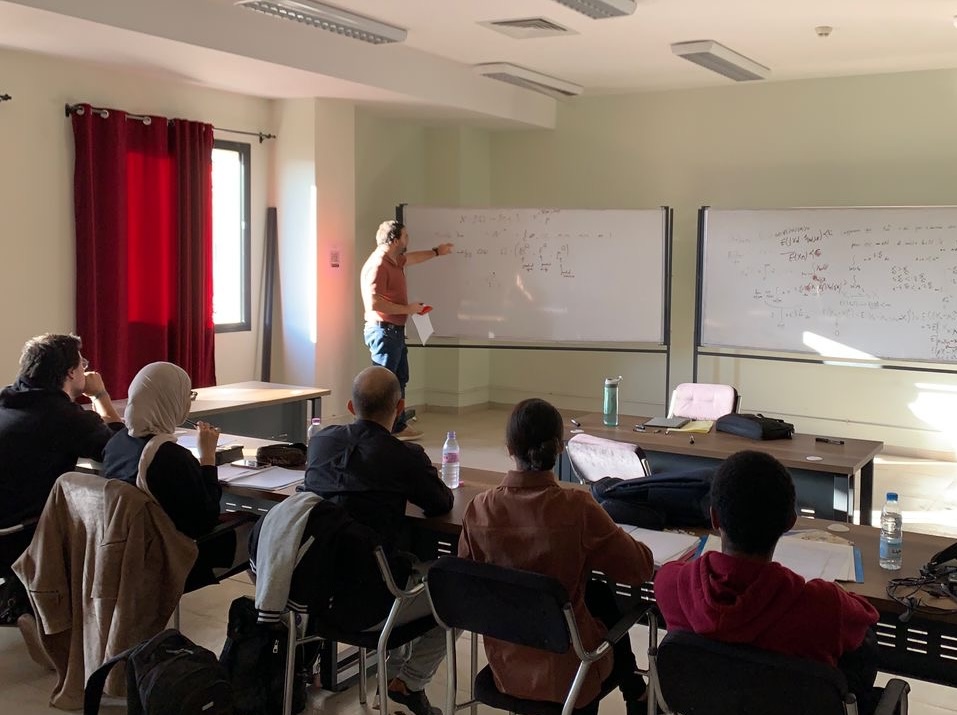A few days ago, I uploaded a joint article with Balazs Barany and Henna Koivusalo
to arXiv. The article is called Dynamical covering sets in self-similar sets and I will briefly summarise the paper here.
TLDR: Imagine you are trying to cover the circle $\mathbb{S}^1$ with randomly
centred balls $B(x_k,r_k)$, where $x_k$ is distributed uniformly on $\mathbb{S}^1$ and $r_k$ is a
decreasing sequence. The Dvoretzky covering question asks for conditions on $r_k$ for the whole
circle to be covered almost surely. Similarly, one can ask for when the cover is of full measure, or
what size the covering set is.
In this article, we study an analogous dynamical problem for symbolic balls
(cylinders) in self-similar sets, where we pick our initial point according to Bernoulli measures.
We obtain a single pressure formula that describes the entire dimension theory, which shows distinct
regions to the (known) homogeneous case.





